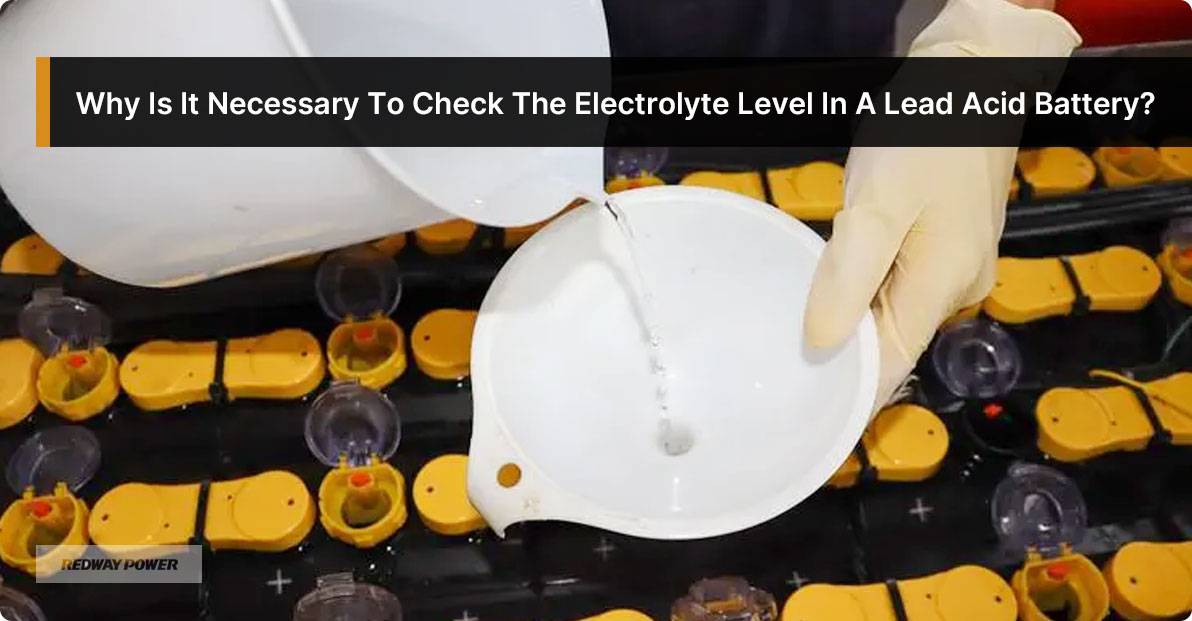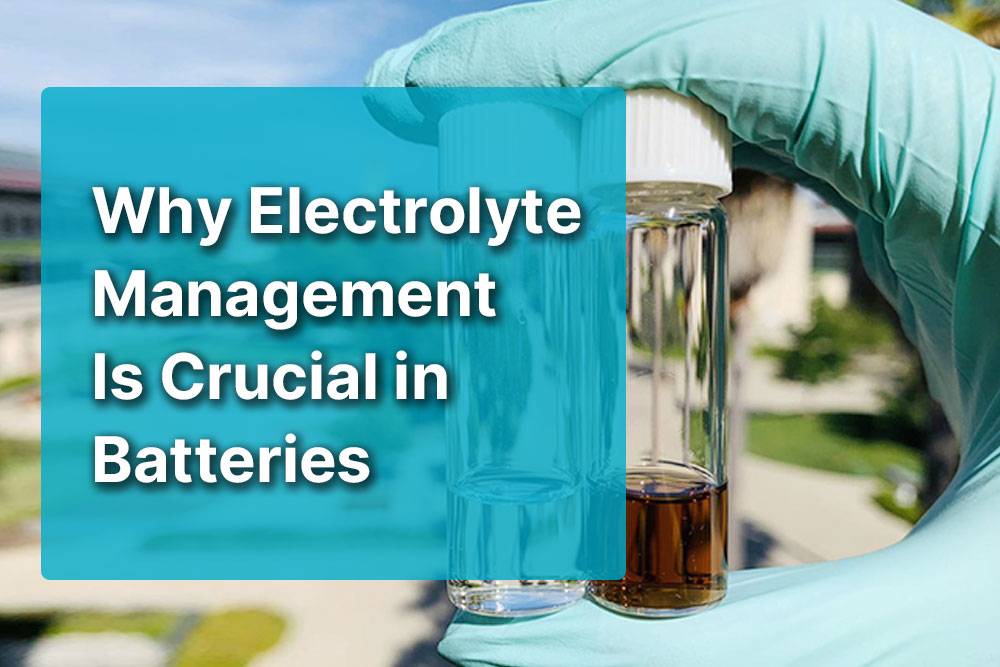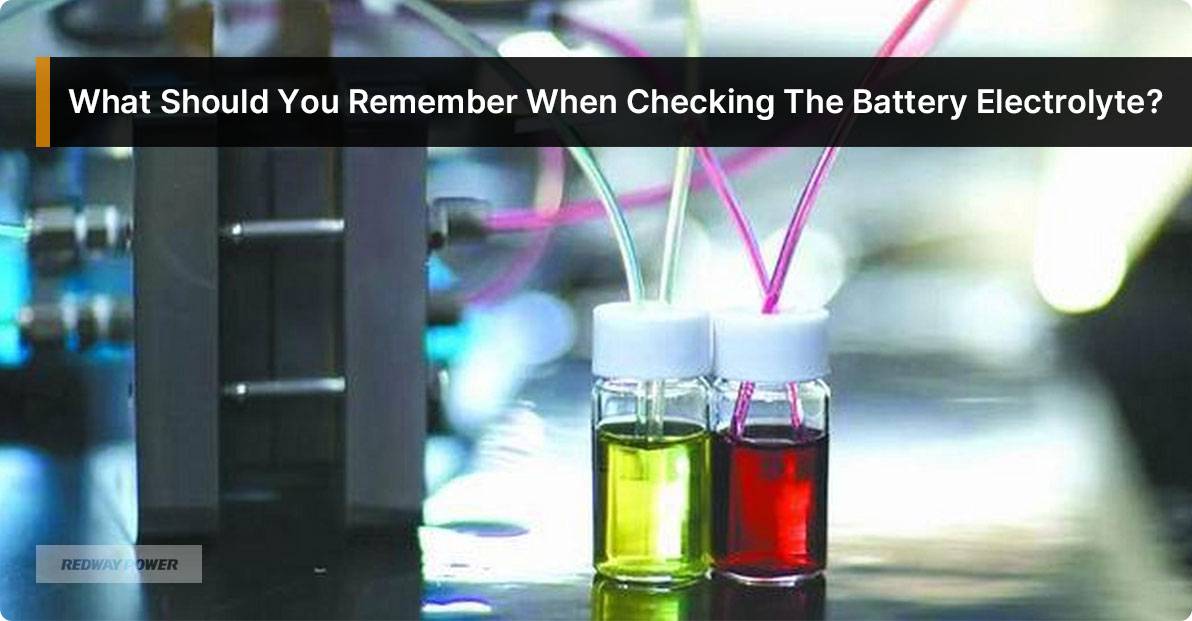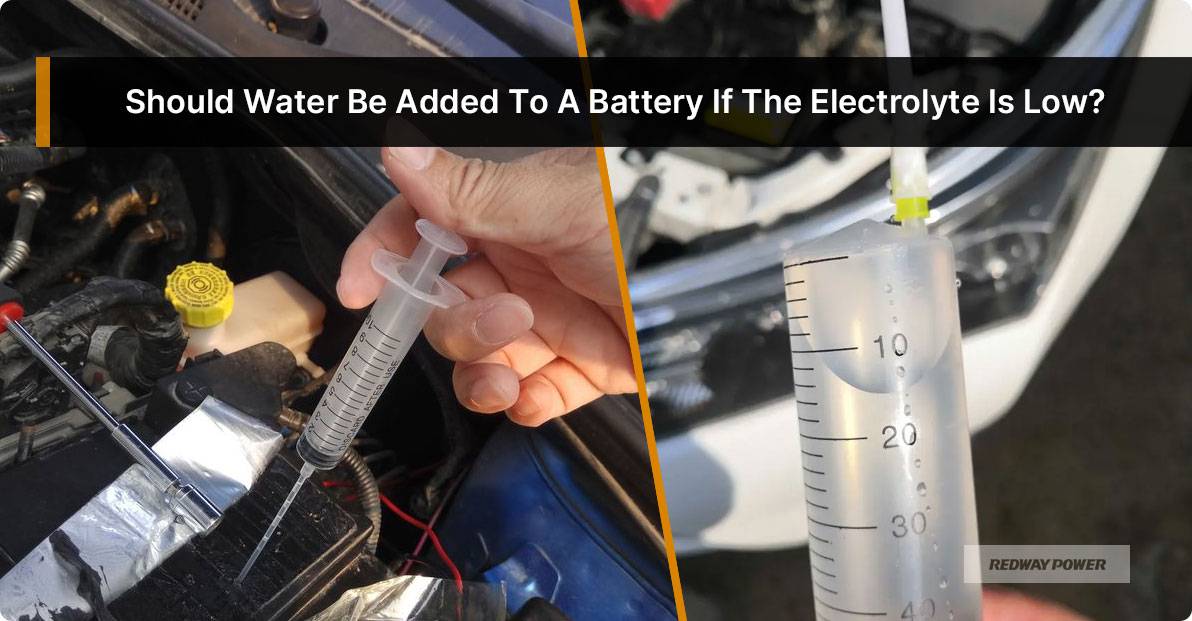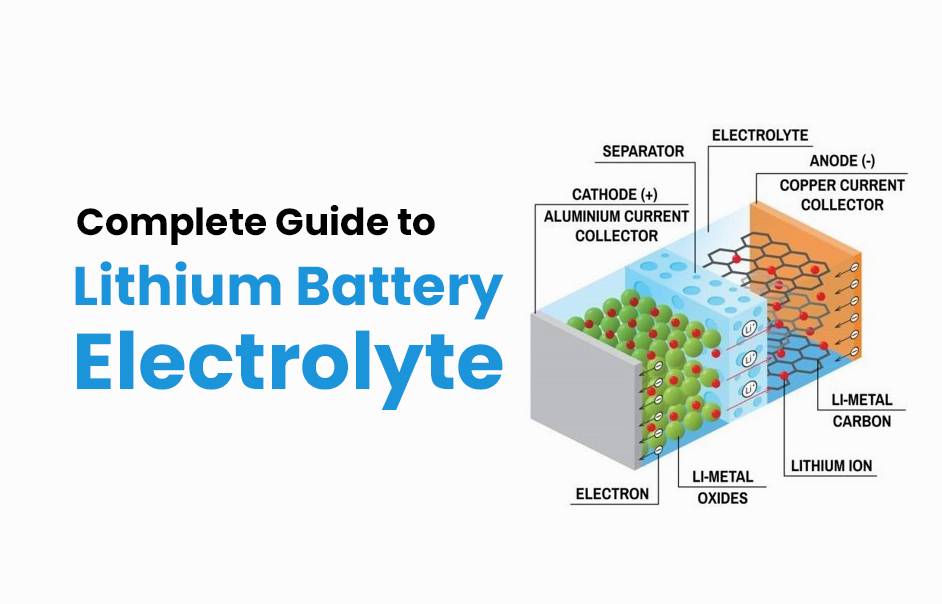Monitoring the electrolyte level in a lead-acid battery is vital for its upkeep. Regular checks ensure optimal performance, prevent damage, and identify issues early. Proper electrolyte management extends battery life and guarantees reliable operation. Make it a habit to maintain electrolyte levels for consistent battery performance and longevity.
What Is The Effect Of Electrolyte On Battery?
The electrolyte in batteries helps ions move between the electrodes, making electricity. Good electrolytes keep the battery balanced and working well. Bad ones make the battery weak. It’s super important to have a good electrolyte for a long-lasting battery!
Understanding how batteries work is like solving a puzzle. Let’s break it down into easy pieces.
- What is Electrolyte?: Imagine a battery as a tiny powerhouse. Inside, there’s something called electrolyte. It’s like a messenger, helping energy flow between different parts of the battery.
- Why It’s Important: Just like how food keeps us going, electrolyte keeps the battery going. It helps the battery stay strong and last longer. Without good electrolyte, the battery won’t work well.
- How It Works: When you charge a battery, electrolyte helps the energy move around. It’s like a traffic controller making sure everything goes smoothly. Good electrolyte means good power!
Now, you know how electrolyte helps batteries work better. So, next time you see a battery, remember the little messenger inside making it all happen!
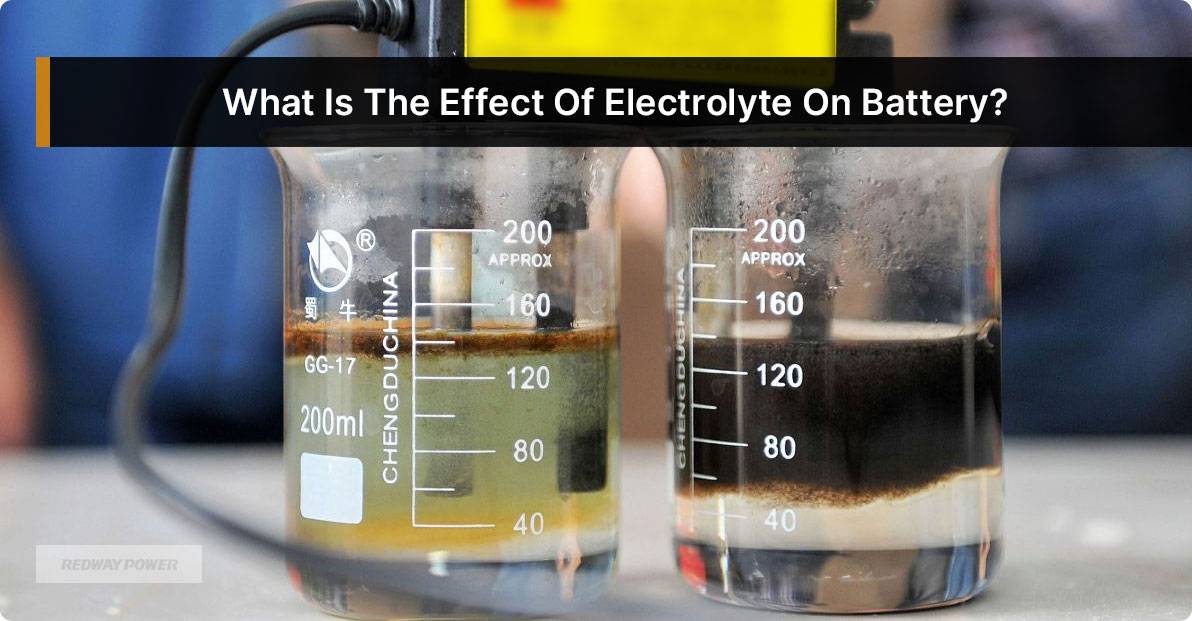
Common Types of Electrolyte Materials Used
In batteries, electrolytes like sulfuric acid in lead-acid types and organic carbonates in lithium-ion ones help ions move during charging and discharging. Solid-state electrolytes, made of ceramics or polymers, enhance safety and durability. Choosing the right electrolyte is key for better battery performance.
In simple terms, electrolytes are like conductors in batteries, helping electricity flow. Here’s a breakdown:
- Types of Electrolytes: Batteries use different electrolytes. Lead-acid batteries, common in cars, use sulfuric acid. Lithium-ion batteries, found in phones and laptops, use organic carbonates. There are also solid-state electrolytes made from ceramics or polymers.
- How They Work: Electrolytes allow ions to move between the battery’s positive and negative sides during charging and discharging. This movement creates the electrical energy we use to power our devices.
- Choosing the Right One: Picking the right electrolyte is important for making batteries that last longer, perform better, and are safer to use. It depends on factors like the battery’s application, cost, and safety requirements.
Understanding electrolytes helps us build better batteries for our everyday needs.
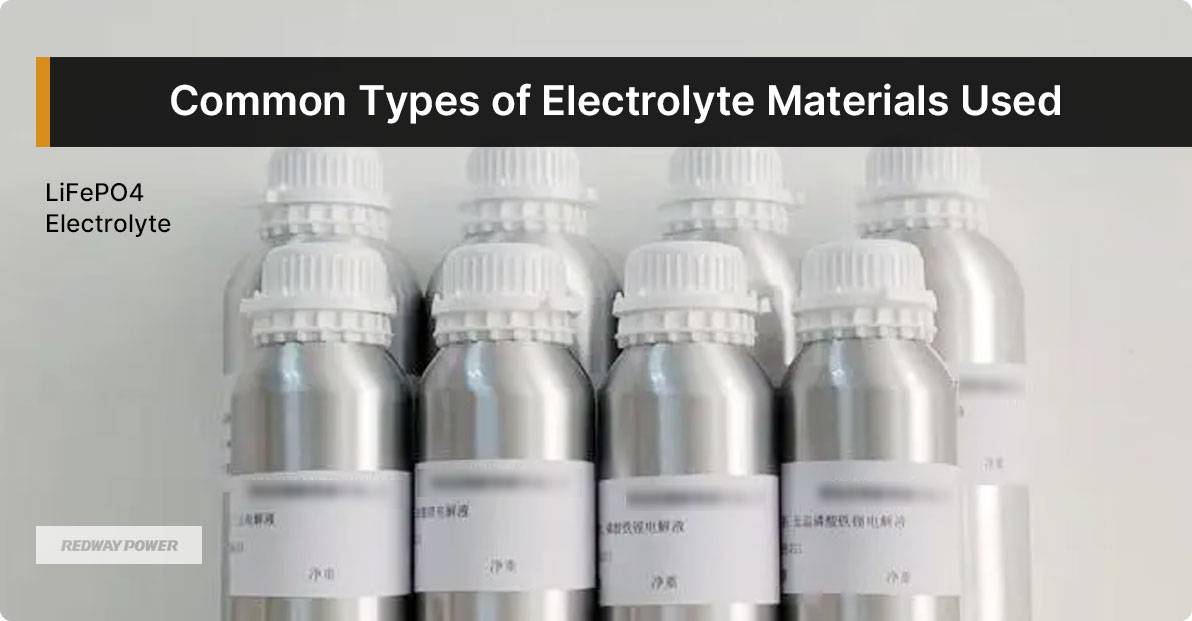
Factors Affecting Electrolyte Performance in Batteries
Electrolytes in batteries perform differently due to factors like temperature, purity, battery design, and charging rates. Extreme temperatures affect their conductivity. Impurities or wrong ratios can hamper ion movement. Proper battery construction prevents leaks. Fast charging may deplete ions. Understanding and managing these factors ensures better battery performance.
Understanding why electrolytes behave differently in batteries is essential for better battery performance. Let’s explore some key factors influencing electrolyte performance.
- Temperature Impact:
- Explanation: Extreme temperatures affect how well electrolytes conduct electricity in batteries. Very hot or cold conditions can either improve or worsen battery efficiency.
- Purity and Composition:
- Explanation: The cleanliness and type of electrolyte material used matter. Any impurities or incorrect mixtures can slow down the movement of ions, making the battery less effective over time.
- Battery Design and Construction:
- Explanation: How the battery is built and sealed is crucial. Proper insulation and sealing prevent leaks or contamination that could harm the electrolyte’s performance.
- Charging and Discharging Rates:
- Explanation: The speed at which batteries charge or discharge affects electrolyte performance. Rapid charging can deplete ions, impacting how well the electrolyte functions.
In summary, by understanding and managing these factors, we can ensure that batteries perform optimally for longer durations, providing reliable power when needed.
What Makes A Good Electrolyte In A Battery?
What makes a good electrolyte in a battery? A good electrolyte conducts ions well, ensuring smooth ion flow between electrodes for better battery performance. It should also be stable chemically, compatible with both electrodes, and safe. Choosing the right electrolyte is vital for maximizing battery efficiency and lifespan.
Understanding what makes a good electrolyte in a battery is important for better battery performance. Let’s break it down into easy-to-understand points.
- Efficient Ion Conduction: A good electrolyte helps ions move smoothly between the battery’s electrodes. Imagine it like a highway where cars (ions) can travel quickly and without any traffic jams.
- Chemical Stability: The electrolyte should remain stable even after many charge and discharge cycles. Think of it like a sturdy building that doesn’t collapse easily, ensuring the battery lasts longer.
- Compatibility with Electrodes: It’s crucial for the electrolyte to work well with both the positive and negative ends of the battery. This ensures that ions can easily travel back and forth, powering your device effectively.
Choosing the right electrolyte ensures your battery performs well and lasts longer, giving you more reliable power when you need it.
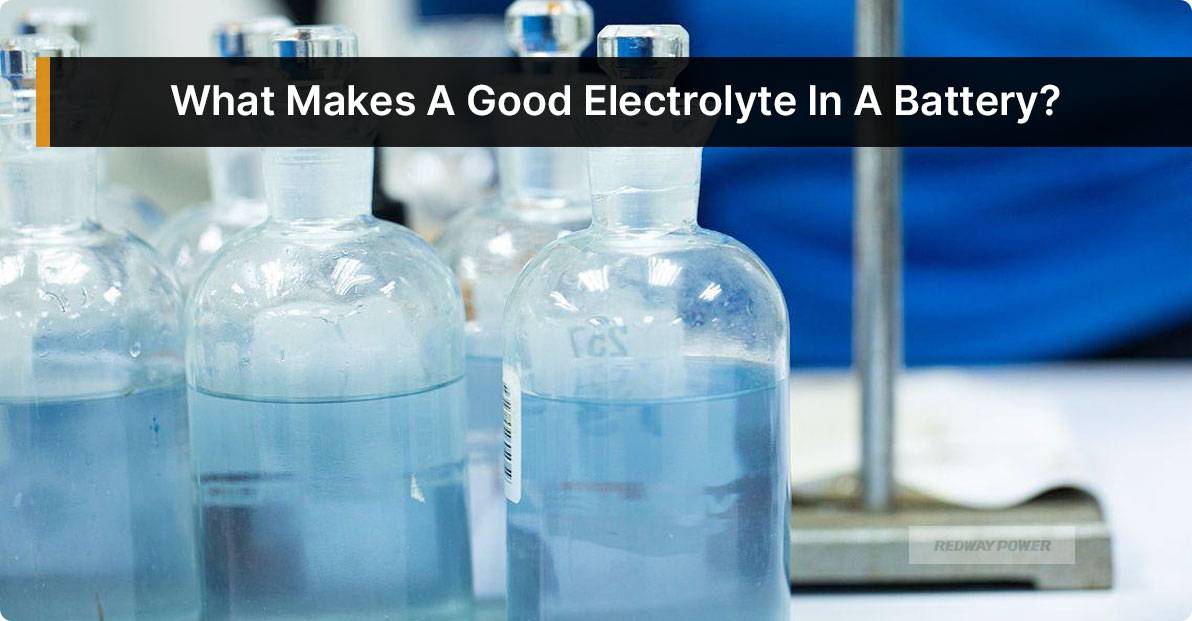
When Should I Replace My Battery Electrolyte?
If you’re wondering when to replace your battery electrolyte, keep an eye on its level and color. Look for significant decreases or color changes, indicating possible issues. Factors like overcharging and age affect electrolyte performance, so monitor regularly. Follow manufacturer guidelines for maintenance, topping up electrolytes as needed. Proactive replacement ensures a longer battery life and prevents damage.
How to Monitor and Maintain Electrolyte Levels in Batteries
To keep your battery in top shape, regularly check its fluid levels. Make sure the fluid covers the plates properly to avoid damage. Use distilled water to balance the pH if needed, but don’t overfill. Stay safe by wearing protective gear and handle batteries with care. Regular checks help catch problems early, extending your battery’s life.
Keeping an eye on your battery’s fluid levels is like giving it a health check. Let’s break down how to do it.
- Check the Fluid Level: Regularly inspect your battery’s cells to see if the fluid covers the plates adequately. If it’s too low, it might need a top-up.
- Maintain pH Balance: If the fluid level is low, add distilled water to keep the pH balanced. This helps prevent issues like sulfation, which can damage the battery.
- Handle with Care: When adding water, be careful not to overfill, as it can cause overflow during charging. Always wear protective gear and handle batteries gently to avoid accidents.
By following these steps, you’ll keep your battery in good shape and extend its lifespan, saving you from unexpected replacements.
What Should You Remember When Checking The Battery Electrolyte?
When checking battery electrolyte, remember safety first! Wear gloves and goggles and check in a ventilated area. Ensure the electrolyte is clear and at the recommended level. Use a flashlight to inspect, noting any corrosion. Follow manufacturer guidelines when adding electrolyte. Any unusual odors or colors may signal a need for replacement or professional help. Regular checks maintain battery health.
When checking battery electrolyte, safety is crucial. Here’s how:
- Safety Gear: Always wear gloves and goggles to protect yourself from chemical exposure.
- Ventilation: Inspect the battery in a well-ventilated area to avoid inhaling harmful fumes.
- Observation: Check the electrolyte’s color and level; it should be clear and at the recommended level.
- Inspection: Use a flashlight to inspect inside each cell for corrosion or debris.
- Follow Guidelines: Follow manufacturer guidelines when adding electrolyte to avoid overfilling or underfilling.
- Abnormalities: If you notice any unusual odors or colors, consider replacing the battery or seeking professional help. Regular checks ensure optimal battery health.
How Do You Calculate Battery Electrolytes?
Understanding how to calculate battery electrolytes is important for battery maintenance. You can use a hydrometer to measure the specific gravity of the electrolyte solution, indicating its charge state. This helps in determining if the battery needs charging or replacement. Accurate calculations prevent damage and ensure optimal battery performance. Regular monitoring is crucial for early issue detection and proper maintenance.
Here’s how you can do it:
- Use a Hydrometer: This tool measures the specific gravity of the electrolyte solution, showing its charge state. It tells you if the battery needs charging or replacement based on the concentration of sulfuric acid.
- Accurate Calculations: Ensuring precise calculations prevents damage to the battery. Overcharging or undercharging can harm the battery’s performance.
- Regular Monitoring: Keep an eye on your battery’s electrolyte levels and specific gravity readings. Regular checks help identify any issues early on, allowing for timely maintenance.
By following these steps, you can maintain your batteries effectively and extend their lifespan.
What Is The Cause Of Loss Of Electrolyte In A Battery Cell?
Why do batteries lose electrolytes? Batteries can lose electrolytes due to factors like high temperatures causing evaporation, overcharging, physical damage, or internal shorts. Regular inspection and maintenance are crucial to prevent premature battery failure. Look out for signs of leakage or damage, ensuring optimal battery performance and longevity.
Here’s why batteries lose electrolytes:
- Temperature Effects: High temperatures can cause electrolyte evaporation, leading to a decrease in the electrolyte level within the battery. This evaporation occurs more rapidly in warmer climates or during prolonged exposure to heat.
- Charging Issues: Overcharging or undercharging batteries can generate excess heat, which can degrade the electrolyte over time. This degradation may cause electrolyte loss through leaks or evaporation.
- Physical Damage: Damage to the battery casing or seals can result in electrolyte leakage. Cracks or breaks in the casing allow electrolytes to escape, leading to reduced battery performance.
By understanding these factors and taking proactive measures to address them, you can minimize electrolyte loss and prolong the lifespan of your batteries. Regular inspection and maintenance are essential for ensuring optimal battery performance.
Should Water Be Added To A Battery If The Electrolyte Is Low?
When your battery’s electrolyte is low, adding water may seem like a fix, but it can cause problems. Diluting the electrolyte affects battery performance. Following manufacturer’s guidelines is crucial. If levels remain low, consider replacing the battery. Avoid shortcuts and prioritize proper maintenance for long-lasting performance and safety.
When a battery’s electrolyte level is low, some may think adding water is a solution. However, it can harm the battery. Here’s why:
- Disruption of Balance: Adding water dilutes the electrolyte, disrupting its balance and hindering its ability to conduct electricity effectively.
- Reduced Lifespan or Damage: This disruption can lead to a reduced battery lifespan or even cause damage to the battery.
- Follow Manufacturer’s Guidelines: It’s crucial to adhere to the manufacturer’s maintenance guidelines and consider battery replacement if levels remain low. Proper maintenance ensures long-term performance and safety.
What Is The Role Of Electrolytes In A Lithium Ion Battery?
In lithium-ion batteries, electrolytes are crucial for moving ions between the battery’s positive and negative parts, generating electrical energy. They’re made of lithium salts dissolved in solvents, ensuring smooth ion flow. Maintenance is vital for stable performance; factors like temperature and impurities can affect electrolyte function. Regular checks help prolong battery life and efficiency.
Understanding the role of electrolytes in lithium-ion batteries is important for knowing how these batteries work and how to maintain them. Let’s break it down into simpler terms.
- Essential Ion Movement: Electrolytes in lithium-ion batteries help ions move between the positive and negative parts of the battery, allowing the battery to produce electricity.
- Smooth Energy Flow: These electrolytes contain lithium salts dissolved in solvents, ensuring that ions can move smoothly within the battery, enabling efficient energy production.
- Maintenance for Longevity: Regular maintenance is crucial for stable battery performance. Factors like temperature and impurities can affect how well the electrolytes work, so it’s important to check and maintain them regularly.
Understanding these concepts can help you take better care of your lithium-ion batteries, ensuring they last longer and perform optimally.
Why Is It Necessary To Check The Electrolyte Level In A Lead Acid Battery?
Checking the electrolyte level in a lead acid battery is vital for its health. Low levels can expose the plates, causing damage and concentration of sulfuric acid, leading to sulfation. Regular checks prevent issues, ensuring efficient battery function, longer lifespan, and reliable performance.
Checking the electrolyte level in a lead acid battery is vital for its health and performance. It ensures the battery functions properly and lasts longer, avoiding potential problems.
- Preventing Damage: Regularly checking the electrolyte level helps prevent damage to the battery. If the level is too low, the battery plates can get exposed, leading to damage and reduced efficiency.
- Maintaining Efficiency: By monitoring the electrolyte level, you can maintain the battery’s efficiency. Proper electrolyte levels ensure the battery operates optimally and delivers the required power.
- Ensuring Reliable Performance: Checking the electrolyte level ensures the battery performs reliably when needed. It helps identify any issues early on, allowing for timely maintenance and preventing unexpected failures.
By understanding the importance of checking electrolyte levels, users can effectively maintain their lead acid batteries and prolong their lifespan. Regular checks ensure the battery remains in good condition, providing reliable power when required.
